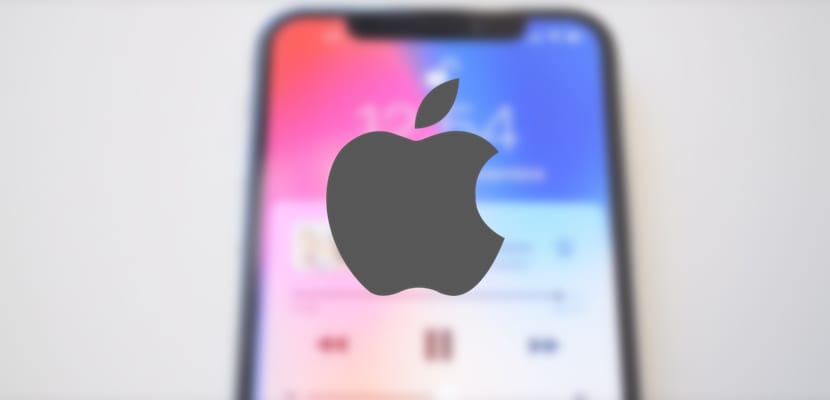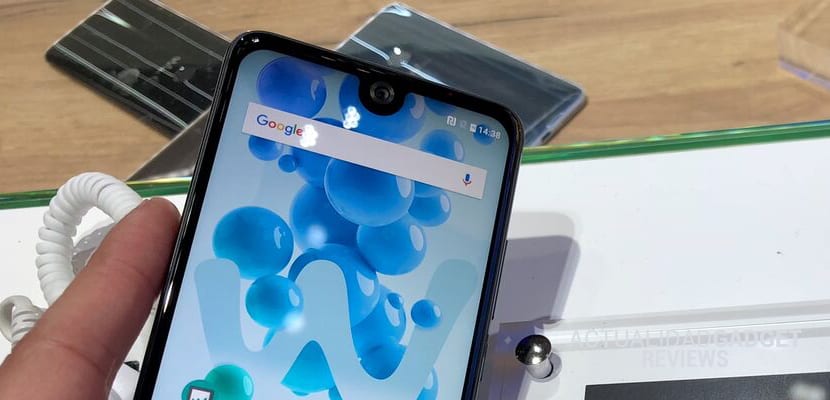
The "notch" is what this projection is called on a FullVision screen that some manufacturers take advantage of to introduce the sensors. The maximum exponent of this system is Apple with its highly criticized iPhone X, however, as many analysts already ventured, There have been few terminals that have been shown during the Mobile World Congress with this «notch».
For some this is more a fix, or a defect, a necessary evil to insert the sensors although anyone would prefer a screen without this protrusion. We all imagine that it is the best way designed by Apple to be able to introduce the FaceID sensors, however, many brands have joined what now seems like a trend.
It is true that the main references with "notch" after the iPhone X come from brands located in China, what is more surprising is that some of some prestige like Asus have decided to present something like this, and others like Huawei with its P20 are close to show something very similar. Even Google has chosen to face the challenge with its next version of Android, which will be adapted for devices that choose this "peculiar" design. It is clear that when Apple does something it sets a trend ... but what happens when the trend is rather a mistake?
The notch is not a choice, but a necessity

It has a real reason, the fact that Apple has embedded in the iPhone X a series of sensors that perform an accurate 3D scan to offer the best facial recognition on the market. The strange thing comes when certain brands decide to include a "notch" in their upper profile, without having embedded in it the necessary sensors for the FaceID, in fact, they do not include anything that other terminals with ridiculous frames such as Vivo or Samsung do not include. Then… Why include a notch? The reason is obvious, it looks like an iPhone, and that sells, more or less. Around eleven terminals that blatantly imitate this feature.

It really is not clear to us whether these brands know that what they are copying at the design level is not a whim, but a necessity, almost a defect. Although Apple is probably going to make this a hallmark of its future products, we cannot rule out that in its eagerness to reduce frames it makes it laughable. Nevertheless, Asus has even allowed itself the luxury of showing off a 26% thinner notch than the iPhone X, even though your Zenfone does supposedly include a facial recognition system… to what extent was it necessary?
If you do it, do it right ...

Many brands have not even taken this into account, we have seen how the Ulefone T2 Pro does not fit the information on the top bar correctly in the "notch", in the same way that it suffers significant light losses in that area. On the other hand, there are gimmicks like the OTOT V5801 or the Leagoo S9 that don't even hit the mark, in fact it is annoyingThey have not had the slightest intention of adapting it, they sell an image that is completely dysfunctional.
Definitely, they are not achieving anything pleasant for the user, because honestly, I doubt that there are buyers who prefer to see only half of the clock at the bottom in order to have a clearly unnecessary "notch", and that it could easily be have saved (especially in the Asus device, which is up to 26% thinner than the iPhone X) by lengthening the frame, offering in turn a more symmetrical image and clearly better use of the screen. But no, here the utility, the user, and much less the design does not prevail. Anything goes as long as you sell a hundred more units, just because if it looks like the iPhone, users will think it is quality, in fact, with this they are trying to solve a problem that does not even exist.